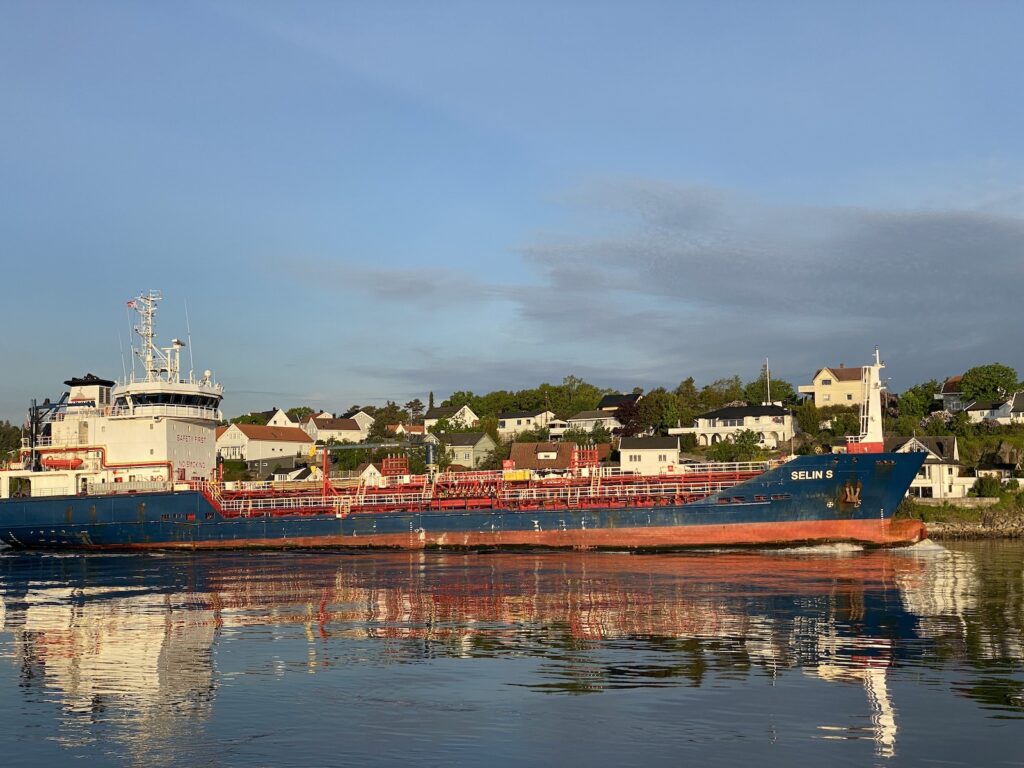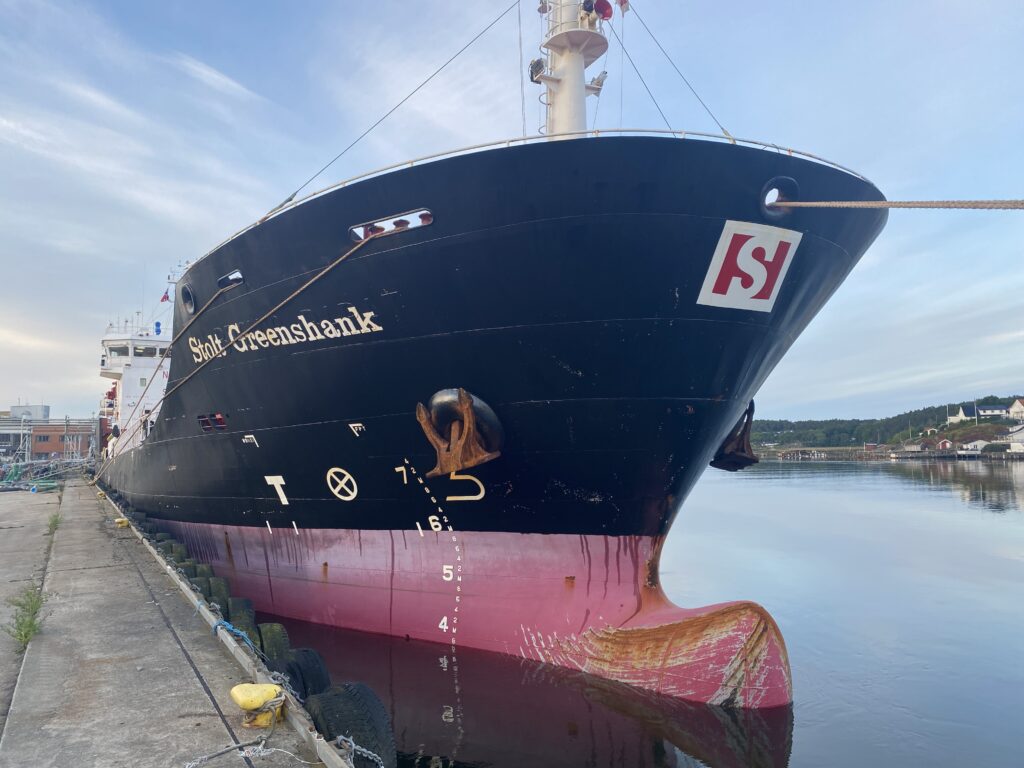Chemical tankers play a vital role in moving chemical cargo which is normally in liquid form around the world. These vessels carry different types of chemicals that are stowed differently, so there are different types of chemical tankers.
They are classified into three types as stated in the IBC (International Code for the Construction and Equipment of Ships Carrying Dangerous Chemicals in Bulk) code. These are Ship Type 1, Ship Type 2, and Ship Type 3 chemical tankers.

Handling and carrying chemical cargo can be very dangerous as some are extremely flammable while others can be toxic and harmful to the environment and to the crew themselves.
Chemical Tankers Types By Cargoes Carried And By Tank Sizes
Chemical tankers carry a wide range of industrial chemicals and at times also clean petroleum products. Based on the hazards brought about by these cargoes, the ship is designed and constructed accordingly. Handling and monitoring are also done differently.
Cargoes are classified into four major types. These are organic chemicals, vegetable oils, inorganic chemicals, and base oils. Other minor products are biodiesel products, ethanol, molasses, and similar products.
Organic chemicals include methane, butane, ether, and ethylene. These are often used in the automobile industry, food, and pharmaceutical industries. These chemicals are compounds containing carbon-hydrogen covalent bonds such as sugars, lipids, amino acids, and proteins.
Vegetable oils on the other hand are edible oils extracted from plants, soybean, sunflower, corn, and coconut. Inorganic chemicals are those that are produced in the laboratory or industrially. Examples of these are sulfuric acid, hydrochloric acid, nitric acid, phosphoric acid, and caustic soda.
IMO Ship types 1, 2, and 3.
Regardless of size, ships built or converted on or after July 1, 1986, and carrying bulk cargoes of dangerous materials or noxious liquid chemical substances, are required to follow the International Code for the Construction and Equipment of Ships Carrying Dangerous Chemical in Bulk (IBC Code). Hence the so-called IMO Ship type 1, 2, and 3.
An IMO type 1 vessel is designed for the carrying and movement of products considered to pose the greatest overall hazard or danger. These types of vessels should be capable of surviving the most severe standard of damage. Cargo tanks are prescribed to be installed at the maximum distance inboard from the shell plating.

IMO type 2 ships, under the regulations, are those tanker vessels intended to transport IBC code Chapter 17 products with appreciably severe environmental and safety hazards. IMO requires significant preventive measures to preclude an escape of such cargo.
Lastly, IMO type 3 ships are chemical tankers that carry products of progressively lesser hazards and danger. Regulations require that these vessels have a moderate degree of containment to increase survival capability in a damaged condition.
Tank configurations on chemical tankers
Cargo tanks/holds are spaces and compartments where vessel carry their products and transport them from the port of origin to the port of destination. For Chemical tankers, structural configurations are similar to those described in oil tankers, wherein chemical cargoes are not required to be carried in an independent tank.
Chemical tanker cargo tanks are classified into four types. These are the independent tank, integral tank, gravity tank, and pressure tank. These tanks come with a vent system that operates either in an open vent or a controlled venting system using pressure-vacuum valves or PV valves.
Independent tanks are designed and installed to minimize or eliminate vibration or stress that comes from the movement of the hull structure due to the effects of external factors like swell and strong winds. These tanks are cargo containment unit that is separate from the ship’s hull and does not share a common border.
The integral tank on the hand forms part of the vessel’s structure and is therefore affected by the motion and stresses that are being experienced by the hull that is connected. This is classified as a type 2 tank and is essential to the structural integrity of the ship.
Pressure tanks are designed to withstand greater pressure than other tanks, specifically more than 0.07 MegaPascal of pressure. It must also be an independent tank and has a configuration that allows the application of pressure-vessel design as per industry standards.
The gravity tank, it can either be independent or integral. This means that, depending on the design of the vessel, these tanks can be part of an adjacent structure or has a separate border. It is designed with a pressure not greater than 0.07 MPa at the uppermost part of the tank. Temperature and relative density of cargo is also taken into account.
- Types of Gas Carriers as per IGC Code – April 22, 2025
- Wind-Assisted Propulsion Systems (WAPS): A Game Changer for Maritime Decarbonization – February 6, 2025
- 10 Boat Salvage Yards in California – January 25, 2025




